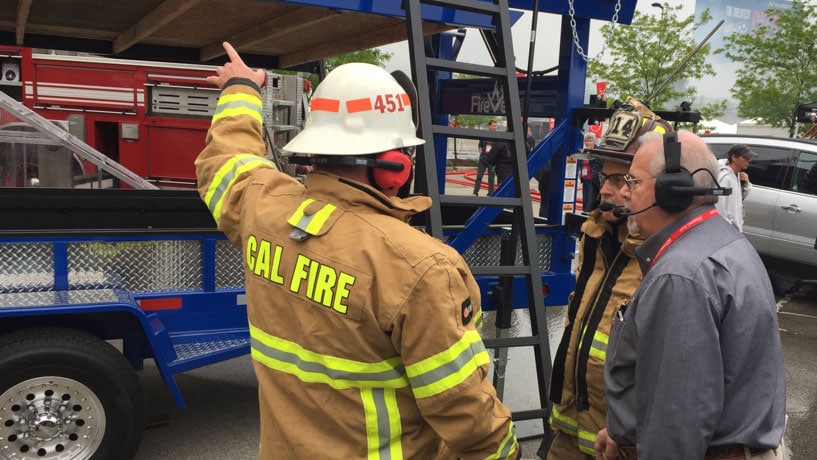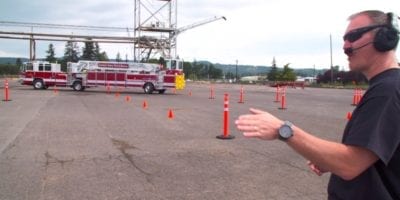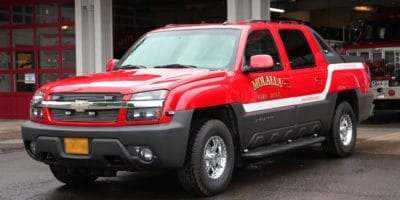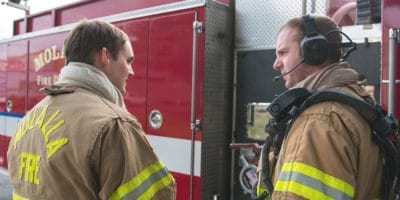How to Use Wireless Headsets During Training Exercises

Communicating using wireless headsets is routine procedure in an emergency, but incorporating headsets into training exercises may not be. If your department isn’t using this valuable equipment in training, here are a few things to consider.
- Driving a new apparatus or practicing everyday maneuvers? Headsets put trainers’ voices inside the vehicle while they guide firefighters and observe from outside the rig. Firefighters can ask questions and get an immediate answer, rather than trying to reconstruct detailed instructions when repeating an exercise. Instructors can offer real-time advice and corrections. Look for equipment with full-duplex technology and noise-cancelling microphones that allow trainers and firefighters to converse normally without distracting them with multiple buttons or the need to shout.
- Extensive training with tools such as jacks, chainsaws, or extrication equipment means more efficient responses in the field. Ensure that lifesaving instructions are heard clearly by equipping firefighters with headsets featuring high-quality speakers so that they hear what they need to know, when they need to hear it. If communications headsets double as hearing protection in these noisy situations, that’s even better.
- Training doesn’t have to take your firefighters out of commission when they need to respond to an emergency. Use your department’s headsets and radios to stay connected to each other – and to your dispatchers. Your crew can focus on the task at hand to hone its skills, but firefighters can also be reached easily and called into action.
- Practice makes perfect, and safety reports recommend regular training exercises focused on using communications equipment correctly. Having easy-to-use, ergonomically designed systems is one piece of this puzzle, but it also takes practice to share critical information quickly and concisely. Training time devoted to communications systems and best practices means firefighters will be more comfortable using their equipment, feel more confident talking on the radio, and understand when and how to speak up during an emergency.
The same features that make Firecom headsets valuable in an emergency can help fire departments maximize their investment when used in training. The UHW505 (wireless under-helmet) and UH-51 (wired under-helmet) headsets allow seamless two-way communication between instructors and firefighters. The UHW503 (wireless under-helmet) and UH-52 (wired under-helmet) headsets provide the same high-quality audio but limit radio to listen-only. The third-generation UHW505 also includes listen-through technology with easily adjustable volume to improve situational awareness while reducing background noise from engines and equipment. Any outside sounds above 82 decibels are immediately reduced to that level, helping protect firefighters’ hearing as well.
Both wired systems feature a connecting plug that is easy to grasp with a gloved hand. A large push-to-talk button located on the outside of the headsets enables full duplex intercom communication, and also allows for listen-only mode when not engaged.
By using communications equipment as part of everyday activities such as training, and equipping firefighters with radios that work smoothly and simply, your team can focus on putting its skills to work without having to think twice about their tools.


